PLENARY Speaker
Ifan E. L. Stephens
Imperial College London, United Kingdom
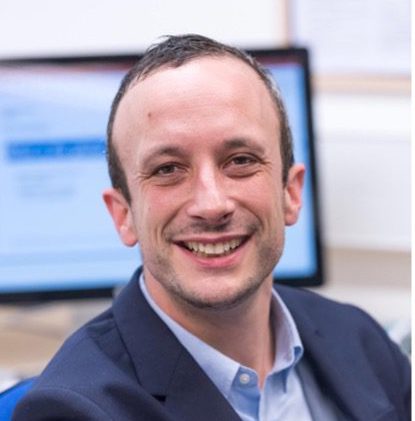
Common themes in electrocatalysis: what can battery science teach us about electrolysis and vice versa?
DAY1 Opening Celemony:13:10-14:10
-Biography-
Ifan conducted his PhD at the University of Cambridge. In 2008, Ifan moved to the Department of Physics at the Technical University of Denmark (DTU); he was first employed as a postdoctoral researcher, then as Assistant Professor and finally as Associate Professor. In 2015, Massachusetts Institute of Technology (MIT) awarded Ifan the Peabody Visiting Associate Professorship.
Ifan moved to the Department of Materials at Imperial College London in 2017; he currently holds the position of Reader in Electrochemistry there. His group’s research aims to enable the large-scale electrochemical conversion of renewable energy to fuels and valuable chemicals and vice versa. Such processes will be critical in order to allow the increased uptake of renewable energy.
Ifan has published 88 papers on topics including oxygen reduction, oxygen evolution, CO2 reduction and nitrogen reduction. Ifan’s research on H2O2 electrosynthesis led to the establishment of the spinout HPNow, which he co-founded. In 2021 the Royal Society of Chemistry awarded Stephens and his colleagues the John Jeyes Award. Stephens was awarded a Consolidator Grant by the European Research Council to investigate N2 electroreduction to NH3.
KEYNOTE Speakers
Nobuhiro YANAI
Kyusyu University, Japan
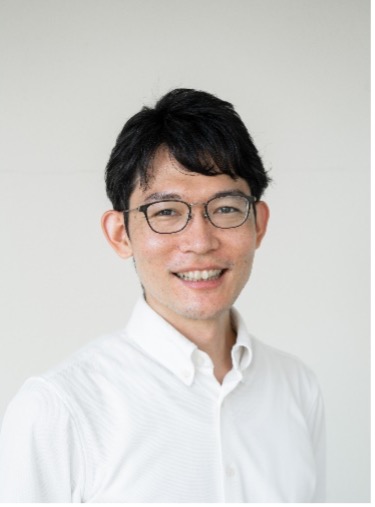
Photon upconverting molecular materials
DAY1 Session1:11:00-12:00
-Biography-
Nobuhiro Yanai earned his Ph.D. under Prof. Susumu Kitagawa and Prof. Takashi Uemura from Kyoto University in 2011, worked as a postdoctoral fellow with Prof. Steve Granick at the University of Illinois at Urbana-Champaign, and joined Kyushu University in 2012. His current research focuses on the functional chemistry of photo-excited triplet state to develop new materials for photon upconversion and dynamic nuclear polarization.
Xiaodong CHEN
Nanyang Technological University, A*STAR, Singapore
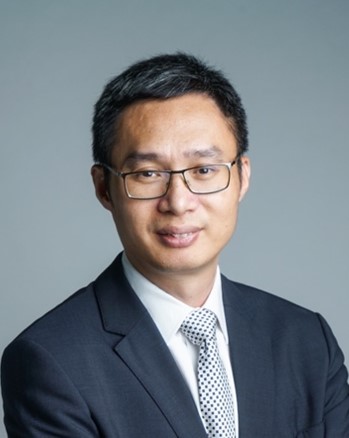
Sensing-of-Everything (SoX)
DAY1 Session2:14:30-15:30
-Biography-
Professor Xiaodong Chen is the President’s Chair Professor in Materials Science and Engineering, Professor of Chemistry (by courtesy) and Medicine (by courtesy) at Nanyang Technological University, Singapore (NTU). He is also the scientific director and principal scientist at the Institute of Materials Research and Engineering (IMRE) at A*STAR, Singapore. His current research interests include mechano-materials science and engineering, flexible electronics technology, sense digitalization and cyber-human interfaces and systems. He has been elected as Fellow of Singapore National Academy of Science and the Academy of Engineering Singapore. Prestigious accolades for his exceptional scientific contributions include the Singapore President Science Award, Singapore National Research Foundation (NRF) Investigatorship, Singapore NRF Fellowship, Winner of Falling Walls, and Friedrich Wilhelm Bessel Research Award. He serves on the editorial advisory board for numerous global journals and is currently the Editor-in-Chief of ACS Nano.
Hitoshi WAKABAYASHI
School of Engineering, Tokyo Institute of Technology, Japan
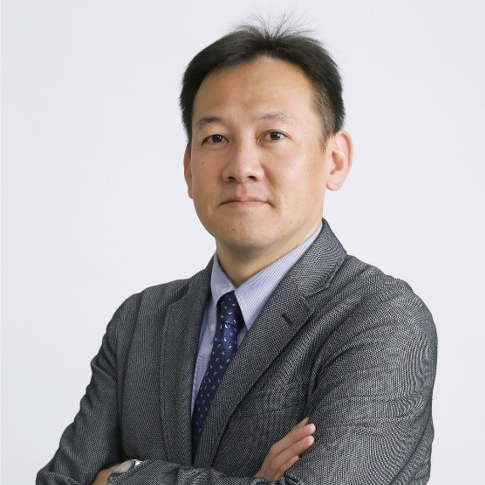
Integrated Green-niX Consortium for Research and Human-Resource Development (Green-niX) to make LSI industry Greener
DAY1 Session2:15:30-16:30
-Biography-
HITOSHI WAKABAYASHI received the M.E. and Ph.D. degrees in electrical engineering from the Tokyo Institute of Technology, Tokyo, Japan, in 1993 and 2003, respectively. He was with NEC Corporation, Tokyo, from 1993 to 2006 and Sony Corporation, Tokyo, from 2006 to 2012. He has been with the Tokyo Institute of Technology since 2013 as Professor. He is IEEE, EDS BoG Members-at-Large and the Director of Japan MOT Society
Yoshiyuki SHIMODA
Division of Sustainable Energy and Environmental Engineering, Graduate School of Engineering, Osaka University
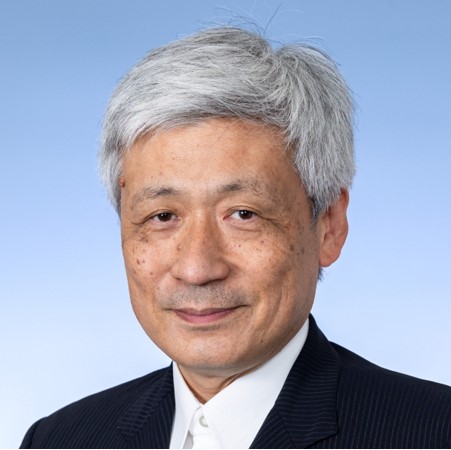
Japan’s climate change mitigation strategy and carbon management system for a nation
DAY2 Session3:9:30-10:10
-Biography-
Yoshiyuki Shimoda is a Professor, Urban Energy System Laboratory, Division of Sustainable Energy and Environmental Engineering, Graduate School of Engineering, Osaka University. He has been engaged in research on Urban Energy System modeling, Energy Demand Forecasting and Global Warming Mitigation Measures in Building Sector. He also serves as Director-General of Research Institute of Innovative Technology for the Earth (RITE). He is also working on the decarbonization of university campus as Executive Assistant to the President in charge of the Sustainability Campus Office, Osaka University. He also serves as temporally member, Global Environment Committee of the Central Environment Council, Japan, and member of Science Council Japan. He currently is a vice president of Japan Society of Energy and Resources.
Hironao SAJIKI
GIFU Pharmaceutical University, Japan
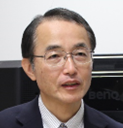
Development of Environmentally Friendly Chemical Conversion Method Combining Microwave Irradiation and Continuous Flow Equipment
DAY2 Session2:10:50-11:30
-Biography-
Hironao Sajiki received Ph.D. from Gifu Pharmaceutical University in 1989 and, after serving as a Postdoctoral Fellow at the State University of New York and MIT, joined Epix Pharmaceuticals, MA, USA as a group leader, then joined Gifu Pharmaceutical University as a faculty staff in1995, been a Professor since 2006 and vice-president from 2021. He has also been the president of the Japanese Society of Process Chemistry and the chairman of the Gifu Prefecture Environmental Council.
Jianyu HUANG
Clean Nano Energy Center, State Key Laboratory of Metastable Materials Science and Technology, Yanshan University, Qinhuangdao, China
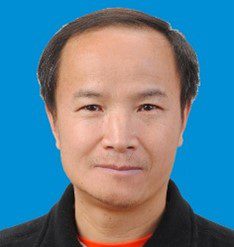
Electron microscopy studies of batteries
DAY2 Session4:13:30-14:30 ONLINE
-Biography-
Dr. Jianyu Huang is a professor at Yanshan University, China. He has been working in the area of electron microscopy and its applications in materials science for over 20 years. He has published 300 peer reviewed journal papers, including: Nature, Science, Physical Review Letters, Nature Nanotechnology, Nature Communications. His h-index is 91.
Arkady KRASHENINNIKOV
Institute of Ion Beam Physics and Materials Research, Helmholtz-Zentrum Dresden-Rossendorf, Germany Department of Applied Physics, Aalto University, Finland

Engineering the structure and properties of 2D materials by defect creation and intercalation
DAY2 Session4:15:00-16:00 ONLINE
-Biography-
Dr. Krasheninnikov is the Head of a research group at HZDR, Germany and also a Visiting Professor at Aalto University, Finland.
His research is focused on atomistic simulations of materials and effects of defects and impurities on their properties.
INVITED Speakers
Takashi OHSHIMA
Kyusyu University, Japan
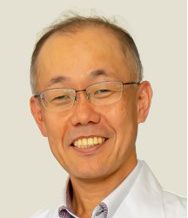
Controlling Chemoselectivity by Functional Group Targeted Catalyst
DAY2 Session3:11:30-12:00
-Biography-
1996 Ph.D., Graduate School of Pharmaceutical Sciences, The University of Tokyo, 1996-1997 Research Associate, Otsuka Pharmaceutical Co., 1997-1999 Postdoctoral fellow, The Scripps Research Institute, USA, 1999-2005 Assistant Professor, Graduate School of Pharmaceutical Sciences, The University of Tokyo, 2005-2010 Associate Professor, Department of Chemistry, Graduate School of Engineering Science, Osaka University, 2012-current Professor, Graduate School of Pharmaceutical Sciences, Kyushu University
Hideya MIZUFUNE
SPERA Pharma Inc., Japan
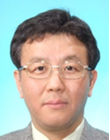
Contribution from Pharmaceutical Process Chemistry to Green Chemistry and Molecular Diversity
DAY2 Session3:12:00-12:30
-Biography-
He has been working as a pharmaceutical process chemist for 32 years since joining Takeda Pharmaceutical Company in 1990. Currently, he is Chief Technology Officer for SPERA, a spin-out company from Takeda, and serves as CEO for JITSUBO.
George HASEGAWA
Nagoya University, Japan
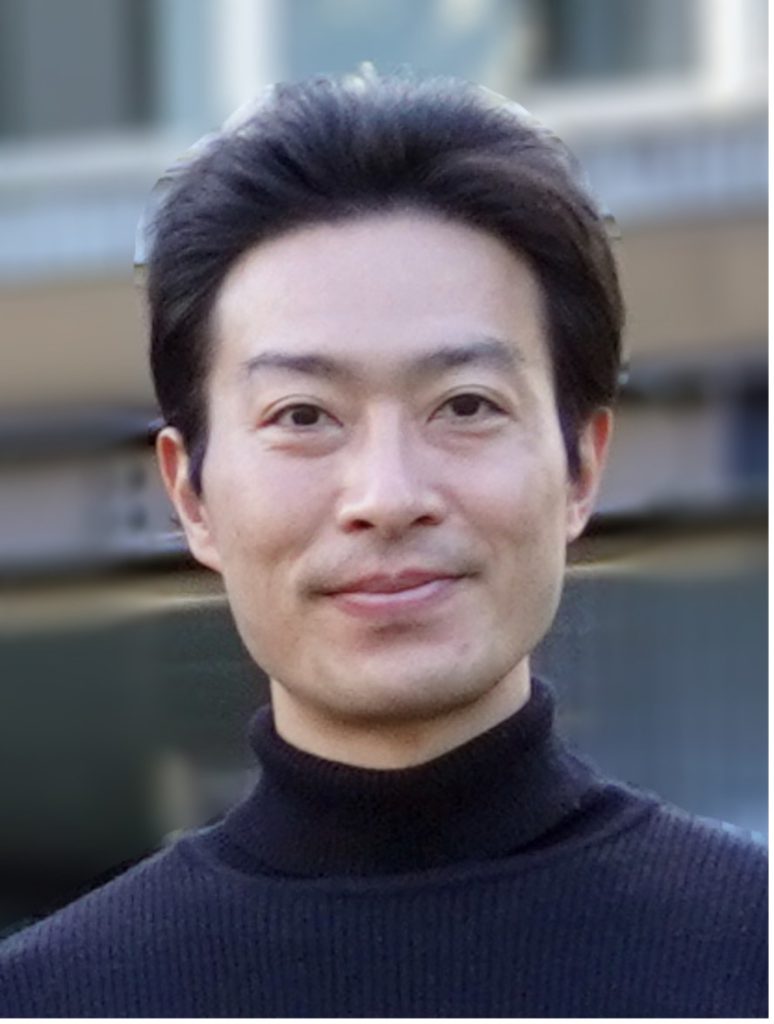
Sol–Gel Synthesis of Porous Monolithic Materials ~Pore Control and Applications~
DAY1 Session1:10:10-10:50 ONLINE
-Biography-
George Hasegawa earned his PhD from Kyoto University in 2012 and is currently an associate professor at Nagoya University. His research is focused on porous monolithic materials for energy and environmental applications.
SANKEN’S Speakers
Takeharu NAGAI
SANKEN, Osaka University, Japan
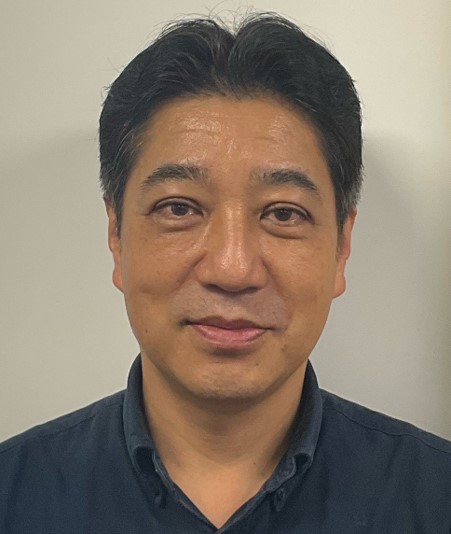
Development of glowing plants as an electrical powerless lightning device for future sustainable society
DAY2 Session3:10:10-10:40
-Biography-
Prof. Takeharu Nagai joined SANKEN, Osaka University in March 2012 to develop bioimaging tools by engineering both fluorescent and bioluminescent proteins. Representative works includes invention of a fluorescent ultrasensitive Ca2+ indicator, yellow cameleon Nano, the brightest bioluminescent proteins, Nano-lantern, a fast photoswitchable fluorescent protein, Kohinoor, and a world first bioluminescent membrane potential indicator, LOTUS-V. Also, his laboratory developed a trans-scale-scope, AMATERAS that enables optical imaging with an over-one-centimeter field-of-view and a-few-micrometer spatial resolution. With these technologies, his laboratory is now deciphering how few number element (protein, virus and cell, etc) can make singularity in biological system. He is also developing glowing plants that would be usable for electrical power free lightning devices.
Teppei ARAKI
SANKEN, Osaka University, Japan
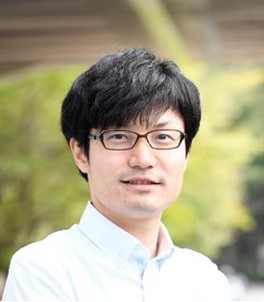
Material Development of Flexible Electronics for Environmental Friendly and its Sensor Application
DAY1 Session2:16:30-17:00
-Biography-
Teppei Araki received his Ph.D. in engineering from Osaka University, Japan, in 2014. He was an assistant professor in SANKEN, Osaka University, in 2014, and became associate professor at the same institute in 2022.
Yu KATAYAMA
SANKEN, Osaka University, Japan
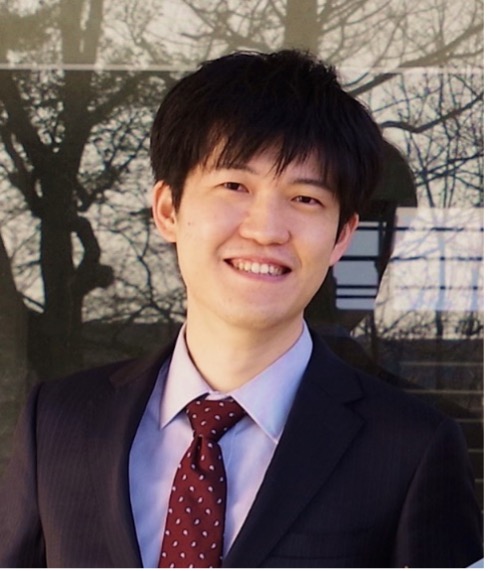
Operando Spectroscopy: Revealing the Mechanisms of Electrochemical Carbon Dioxide Reduction
DAY1 Session1:9:30-10:10
-Biography-
Yu Katayama is an Associate Professor at the SANKEN, Osaka University, focusing on in situ characterization of fundamental electrochemical processes to guide the development of energy storage/conversion devices. Before joining Osaka University in March 2022, he was an Assistant Professor at Yamaguchi University, visiting researcher (2017), and visiting student (2016-2017) at MIT.
Emi MINAMITANI
SANKEN, Osaka University, Japan
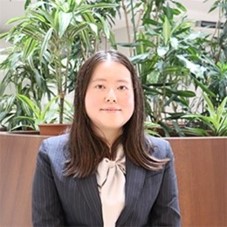
Relationship between structural characteristics and thermal conductivity in covalent amorphous solids
DAY2 Session4:14:30-15:00
-Biography-
Emi Minamitani received her Ph.D. degrees from the Department of Applied Physics at Osaka University, Japan in 2010. She was an associate professor at the Institute for Molecular Science until Sep. 2022. She is currently a professor at the Department of Theoretical Nanotechnology.
